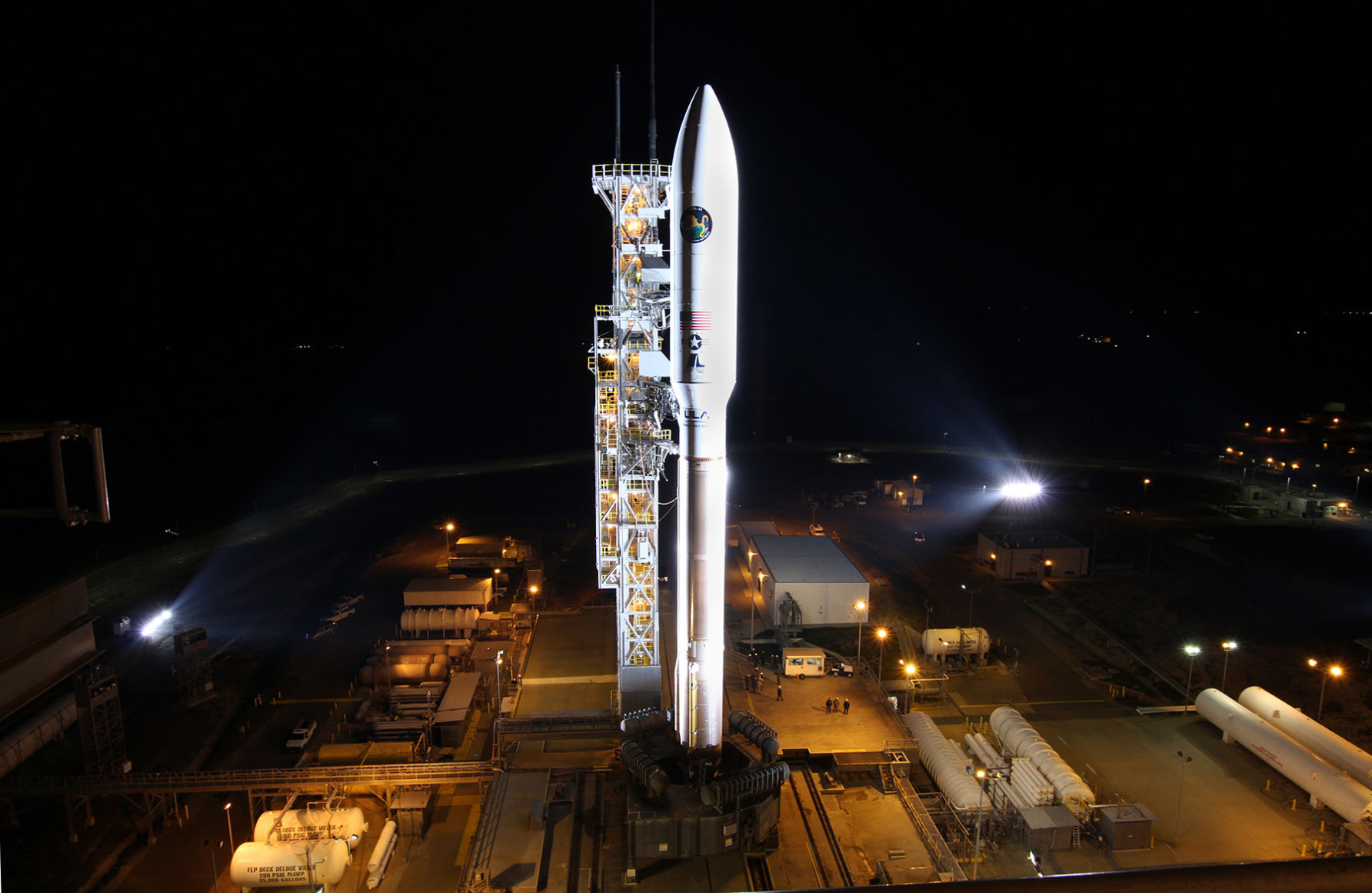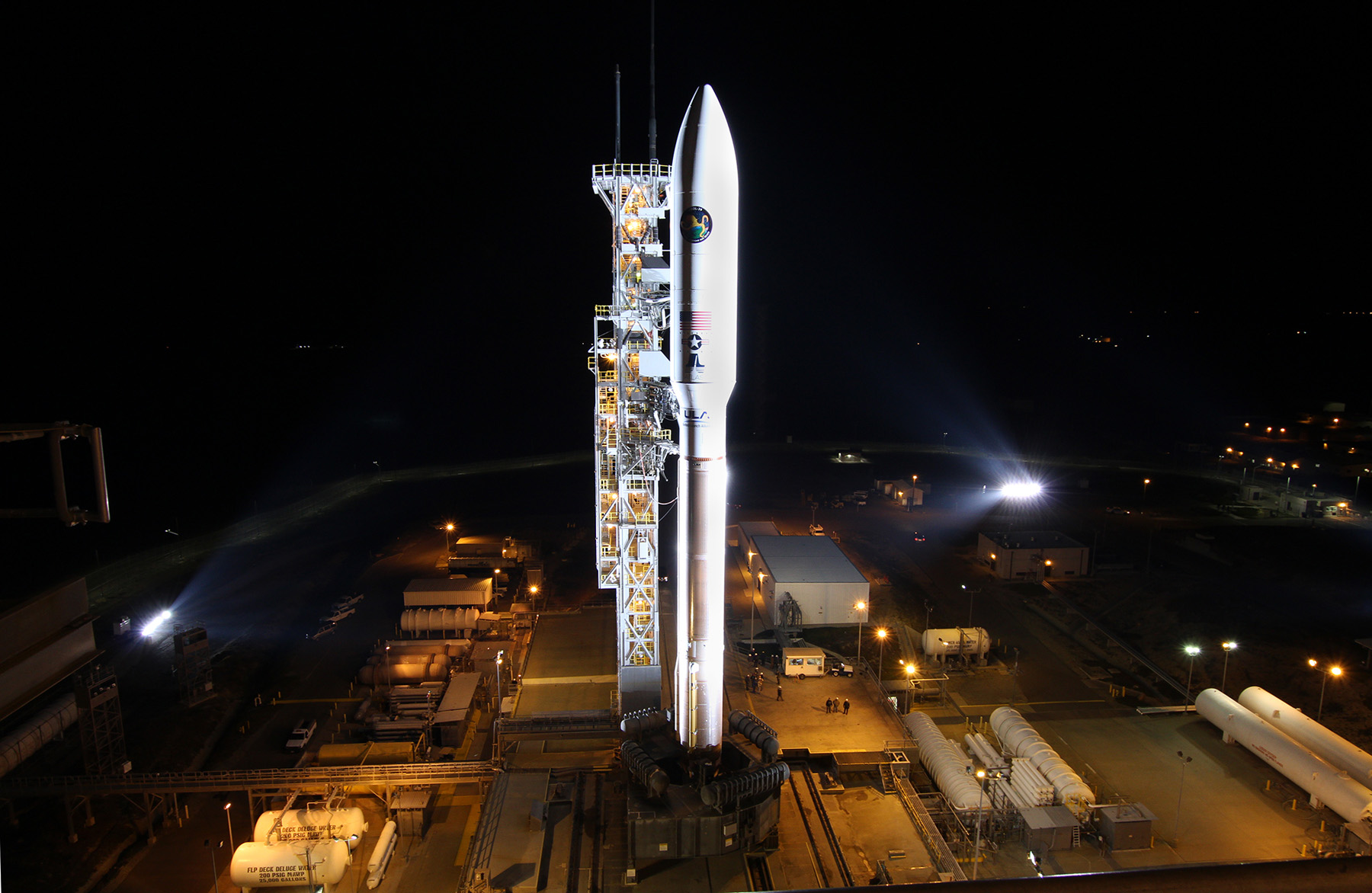Army enlisting ‘nano-satellites’ to fight wars in space

COLORADO SPRINGS – Breadbox-sized satellites that can be launched on a moment’s notice are part of Army plans to win a war on the ground even as battles rage in space.
Because satellites are so necessary for communication, navigation and intelligence in battle, the Army is now the military’s most space-dependent service branch. As American rivals hone their abilities to tackle America’s advantage in orbit, leaders are devising new ways to protect their eyes and ears in space, and “nano-satellites” could be a key weapon.
“The character of warfare has changed,” Army Space and Missile Defense Command boss Lt. Gen. Jim Dickinson told a packed auditorium on the final day of the Space Symposium at The Broadmoor on Thursday.
The average Army combat brigade carries nearly 3,000 pieces of satellite gear into battle. That wasn’t a problem just a few years ago, but now Russia, China, Iran and North Korea are touting a growing ability to jam satellite signals and to blast the spacecraft out of the heavens. So Dickinson’s command, which has headquarters in Huntsville, Ala., and at Peterson Air Force Base here, is working out how to win in space.
That’s no surprise. Much of the four-day symposium that drew 14,000 space enthusiasts to Colorado Springs focused on the increasing likelihood that wars will escape Earth’s atmosphere.
The general said the first key to that daunting future is training, with space experts traveling throughout the Army to show units how they can counter enemy satellite jamming and how to get their gear to work even if war hits orbit.
The tough part is that soldiers on the ground encounter problems with their equipment but don’t realize the problems are symptoms of a fight far overhead. Now, soldiers “are being trained to recognize when their space capabilities are degraded,” Dickinson said.
The Army is so worried about losing its satellites that troops are also training in the California desert on techniques to fight without them.
But the Army also wants the tools to help fix damage done in space. As part of that program, Dickinson’s command has developed a string of diminutive satellites that can be sent to orbit quickly to replace their larger brethren that might be targeted in war.
“We envision a constellation of nano-satellites,” Dickinson said.
Work on the those satellites is underway in Huntsville, but a new Army command could bring some of that work much closer to Pikes Peak.
The Army on Thursday announced that Denver was one of 15 cities that had been selected for Army Futures Command – a 500-member think tank that will come up with new ideas for warfare.
Army leaders want the command to be housed in a hip, tech-savvy town. Denver checks those boxes and is also just an hour’s drive from Colorado Springs, where the new ideas could be tried out on the battlefield and in orbit.
A final decision on where to house that command is expected this year.
Army Space and Missile Defense Command isn’t waiting for the future thinkers. They’re now testing a tiny satellite called Kestrel Eye – a miniature spy satellite that can transmit pictures to troops on the ground.
A similarly sized communications satellite called Argos is now in manufacture.
The small satellites won’t fully replace the capabilities of the larger ones, and they’ll stay in orbit for months or weeks rather than decades. But the little guys could help the Army keep rolling after a fight in the highest ground.
And Dickinson said, the Army’s reliance on satellites won’t be shrinking anytime soon.
“Our requirements for space-enabled capabilities will only increase,” he said.













